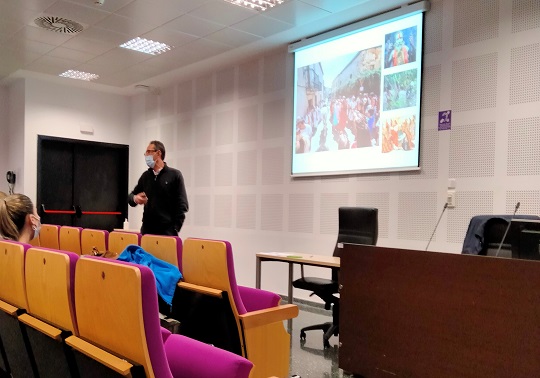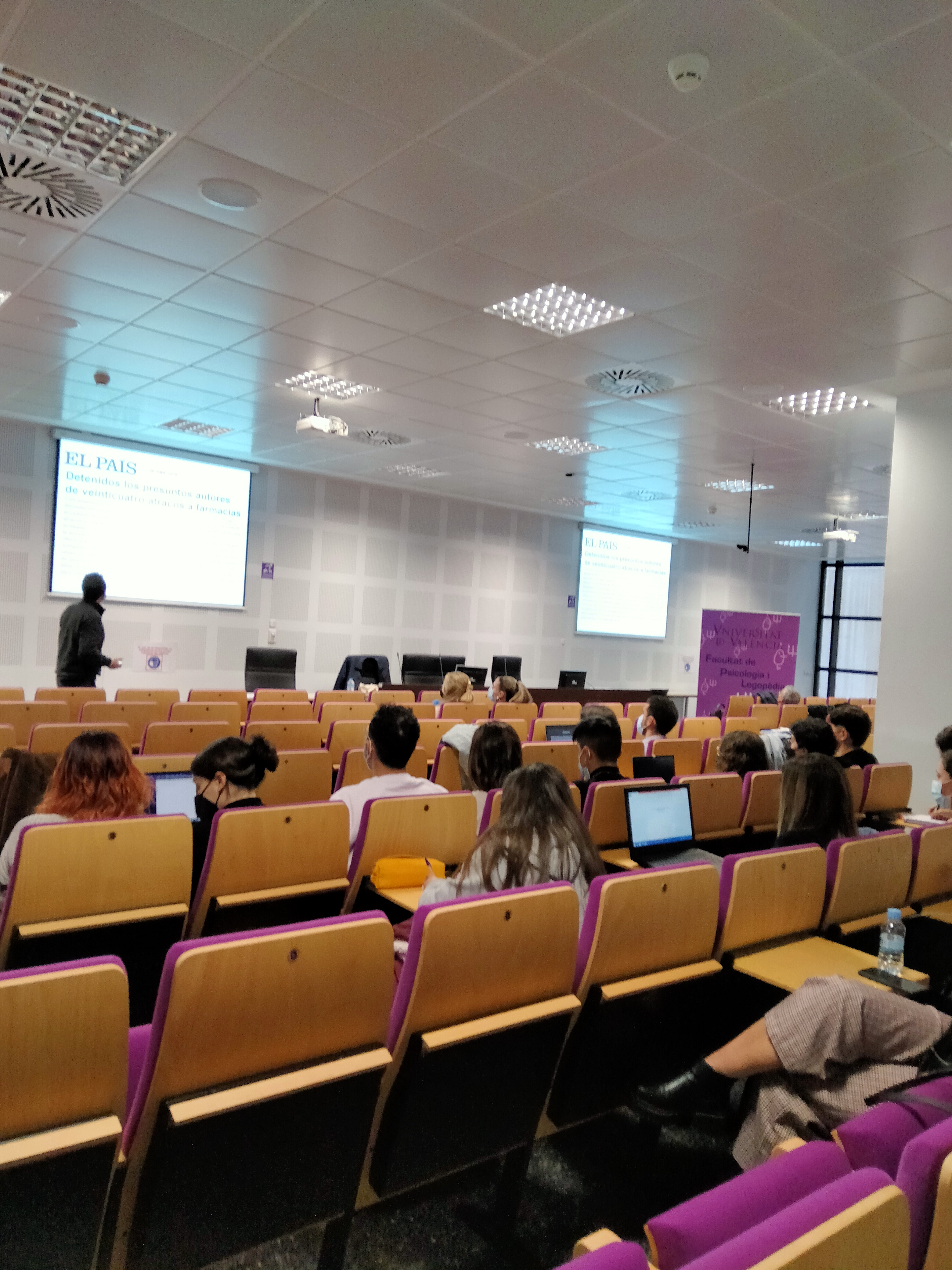
Dr. Pedro Seijo is a psychiatrist, director of the Ambulatory Addiction Treatment Centre (C.T.A.) in Villamartín. Provincial Council of Cadiz
In this conference, Dr. Pedro Seijo presented the most relevant facts about drug consumption in our country. Based on the news that appeared in the media (press, films, music), he highlighted the social aspects of drugs. Although drugs have been present in the lives of mankind since the beginning of history, it is in the transition period, from 1975 onwards, when a period of openness began, coinciding with the arrival of democracy, in which Spanish society experienced joy and a cultural explosion that put an end to the censorship of previous years. Mythical rock groups, films and publications such as "Pepi, Luci, Bom i altres noies del munt" appeared, presenting drug use with a modern meaning. In the 80s, the "cinema quinqui" had as protagonists the consumers themselves, "el vaquilla", "el torete" and the script of the film was their own life and showed the deterioration caused by the drug: dependence, withdrawal syndrome and death by overdose.
Society faces the treatment of these young people from the National Health System and the National Drugs Plan is created to orchestrate care for this population. Progressively, there was a change in the perception of addicts and a network of care (UCAs, detoxification centres, occupational therapies, day centres) was created to recover this "lost generation". Drug use and insecurity and violence in the streets were the main concerns of the population at the time.
The debate on soft/hard drugs heroin versus cannabis is emerging. The cinema reflects a vindictive way of life and counterculture with the consumption of cannabis to “baixarse al moro” (colloquial expression used in Spain to refer to travelling to Morocco with the intention of buying hashish for one's own consumption or to trade in it.). The "junkie" is stigmatised and, in the 90s, the explosion of psychostimulants arrives because the false idea that its consumption "does not cause withdrawal syndrome" and cocaine, pills and a lot of partying emerge, the maximum expression of which creates the “ruta del bakalao” (bakalao route) instead of forgetting heroin. This decade is also the “dècada del cervell” (cervical decade) and the knowledge of addiction, brain processes, reinforcement system and above all vulnerability is established. It changes the treatment, changes the social outlook and consolidates the foundations of what we have today. Cinema and television offer films and series where the protagonist is the drug trafficker "breaking bad" "narcos" "Cocaine Coast" and many more. They move our world, they have money and their presence and activity is mythologised, and they know how to sell their products and their lives, for example with "rich or dead" video clips.
In the twenties of the 21st century, there is still a lot to do, booze, unsubstantiated addictions, online gambling, chemsex are new expressions of addiction. However, nowadays, concern about drug use is no longer in the first place, but has become our 58th concern. Although there is no perception of social risk, Dr. Pedro Seijo concluded by stressing that "we know that it has NOT all been solved".
Links:
Images:








